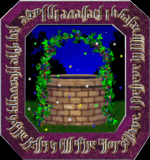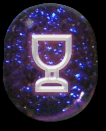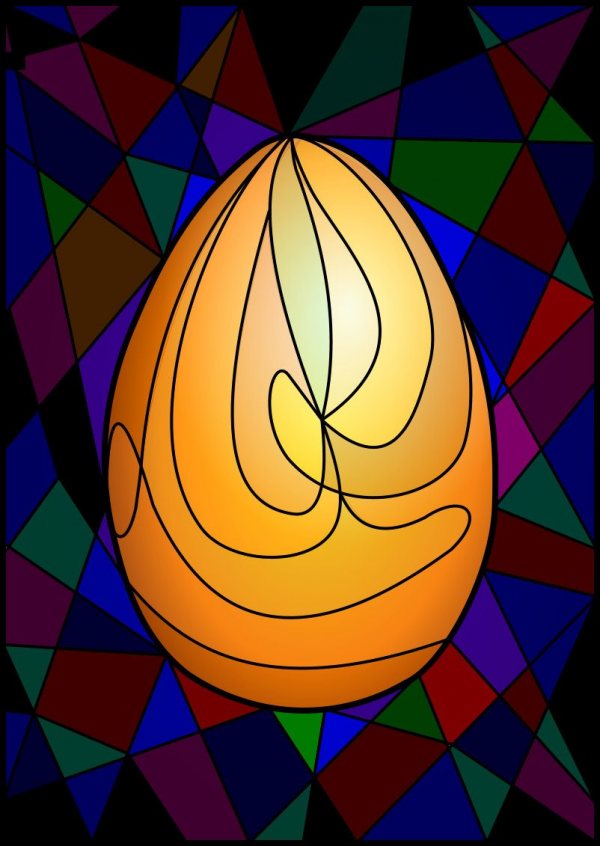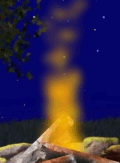Chamomile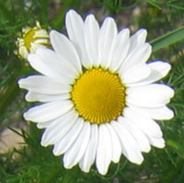
No Simple in the whole catalogue of herbal medicines is possessed of a quality more friendly and beneficial to the intestines than "Chamomile flowers." This herb was well known to the Greeks, who thought it had an odour like that of apples, and therefore they named it "Earth Apple," from two of their words, kamai—on the ground, and melon—an apple.
Added Jun 17, 2010
| 6,308 Reads
The Spaniards call it Manzanilla, from a little apple, and they give the same name to one of their lightest sherries flavoured with this plant. The flowers, or "blows" of the Chamomile belong to the daisy genus, having an outer fringe of white ray florets, with a central yellow disk, in which lies the chief medicinal virtue of the plant. In the cultivated Chamomile the white petals increase, while the yellow centre diminishes; thus it is that the curative properties of the wild Chamomile are the more powerful. The true Chamomile is to be distinguished from the bitter Chamomile (matricaria chamomilla) which has weaker properties, and grows erect, with several flowers at a level on the same stalk. The true Chamomile grows prostrate, and produces but one flower (with a convex, not conical, yellow disk) from each stem, whilst its leaves are divided into hair-like segments. The flowers exhale a powerful aromatic smell, and present a peculiar bitter to the taste. When distilled with water they yield a small quantity of most useful essential oil, which, if fresh and good, is always of a bluish colour. It should be green or blue, and not faded to yellow. This oil is a mixture of ethers, among which "chamomilline," or the valerianate of butyl, predominates. Medicinally it serves to lower nervous excitability reflected from some organ in trouble, but remote from the part where the pain is actually felt; so it is very useful for such spasmodic coughs as are due to indigestion; also for distal neuralgia, pains in the head or limbs from the same cause, and for nervous colic bowels. The oil may be given in doses of from two to four drops on a lump of sugar, or in a dessert-spoonful of milk. An officinal tincture (Tinctura anthemidis) is made from the flowers of the true Chamomile (Anthemis nobilis) with rectified spirit of wine. The dose of this is from three to ten drops with a spoonful of water. It serves usefully to correct the summer diarrhoea of children, or that which occurs during teething, when the stools are green, slimy and particoloured. The true Chamomile, the bitter Chamomile, and the Feverfew, are most obnoxious to flies and mosquitoes. An infusion of their respective leaves in spirit will, if used as a wash to the face, arms, or any exposed part of the body, protect effectually from all attack by these petty foes, which are quaintly described in an old version of our Bible as "the pestilence that walketh in the darkness, and the bug that destroyeth at noonday." Chamomile tea is an excellent stomachic when taken in moderate doses of half-a-teacupful at a time. It should be made by pouring half-a-pint of boiling water on half-an-ounce of the dried flower heads, and letting this stand for fifteen minutes, A special tincture of Chammomilla is made from the bitter Chamomile (Matricaria), which, when given in small doses of three or four drops in a dessertspoonful of cold water every hour, will signally relieve severe neuralgic pains, particularly if they are aggravated at night. Likewise this remedy will quickly cure restlessness and fretfulness in children from teething, and who refuse to be soothed save by being carried about. The name, Matricaria, of the bitter Chamomile is derived from mater cara, "beloved mother," because the herb is dedicated to St. Anne, the reputed mother of the Virgin Mary, or from matrix, as meaning "the womb." This herb may be known from the true Chamomile because having a large, yellow, conical disk, and no scales on the receptacles. Chamomile tea is also an excellent drink for giving to aged persons an hour or more before dinner. Francatelli directs that it should be made thus: "Put about thirty flowers into a jug, and pour a pint of boiling water on them; cover up the tea, and when it has stood for about ten minutes pour it off from the flowers into another jug, and sweeten with sugar or honey." A teacupful of this Chamomile tea, into which is stirred a large dessertspoonful of moist sugar, with a little grated ginger added, will answer the purpose now indicated. For outward application, to relieve inflammatory pains, or congestive neuralgia, hot fomentations made of the infused Chamomile "blows" are invaluable. Bags may be loosely stuffed with the flowers, and steeped well in boiling water before being applied. But for internal use the infusion and the extract of the herb are comparatively useless, because much of the volatile essential oil is dissipated by boiling, or by dry heat. This oil made into pills with bread crumbs, and given whilst fasting two hours before a meal, will effectually dispel intestinal worms. True Chamomile flowers may be known from spurious ones (of the Feverfew) which have no bracts on the receptacle when the florets are removed. It is remarkable that each Chamomile is a plant Physician, as nothing contributes so much to the health of a garden as a number of Chamomile herbs dispersed about it. Singularly enough, if another plant is drooping, and apparently dying, in nine cases out of ten it will recover if you place a herb of Chamomile near it. The stinking Chamomile (Anthemis cotula) or Mayweed, grows in cornfields, having a foetid smell, and often blistering the hand which gathers it. Another name which it bears is "dog's fennel," because of the disagreeable odour, and the leaf resembling fennel. Similar uses may be made of it as with the other Chamomiles, but less effectively. It has solitary flowers with erect stems. Dr. Schall declares that the Chamomile is not only a preventive of nightmare, but the sole certain remedy for this complaint. As a carminative injection for tiresome flatulence, it has been found eminently beneficial to employ Chamomile flowers boiled in tripe broth, and strained through a cloth, and with a few drops of the oil of Aniseed added to the decoction. Falstaffe says in Henry IV.: "Though Chamomile, the more it is trodden on the faster it grows; yet youth, the more it is wasted the sooner it wears." For coarse feeders and drunkards Chamomile is peculiarly suitable. Its infusion will cut short an attack of delirium tremens in the early stage. Gerard found the oil of the flowers a remedy against all weariness; and quaint old Culpeper reminds us that the Egyptians dedicated the Chamomile to the sun because it cured agues. He slyly adds: "They were like enough to do it, for they were the arrantest apes in their religion I ever read of."
Added Jun 17, 2010
| 6,308 Reads
Share The Magic ...
The GoE MONEY!!! Course - A Course In Real MONEY MAGIC!
|

